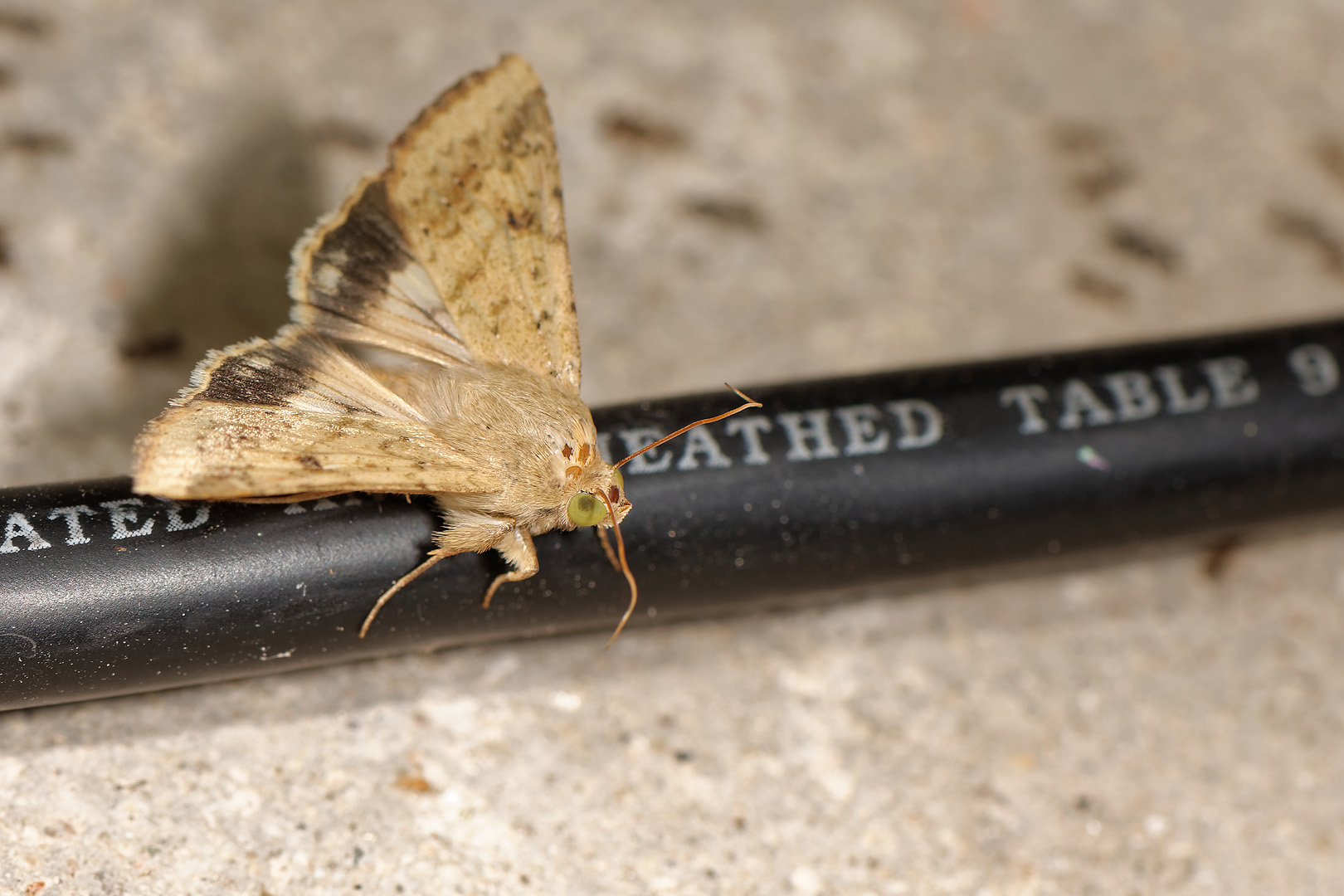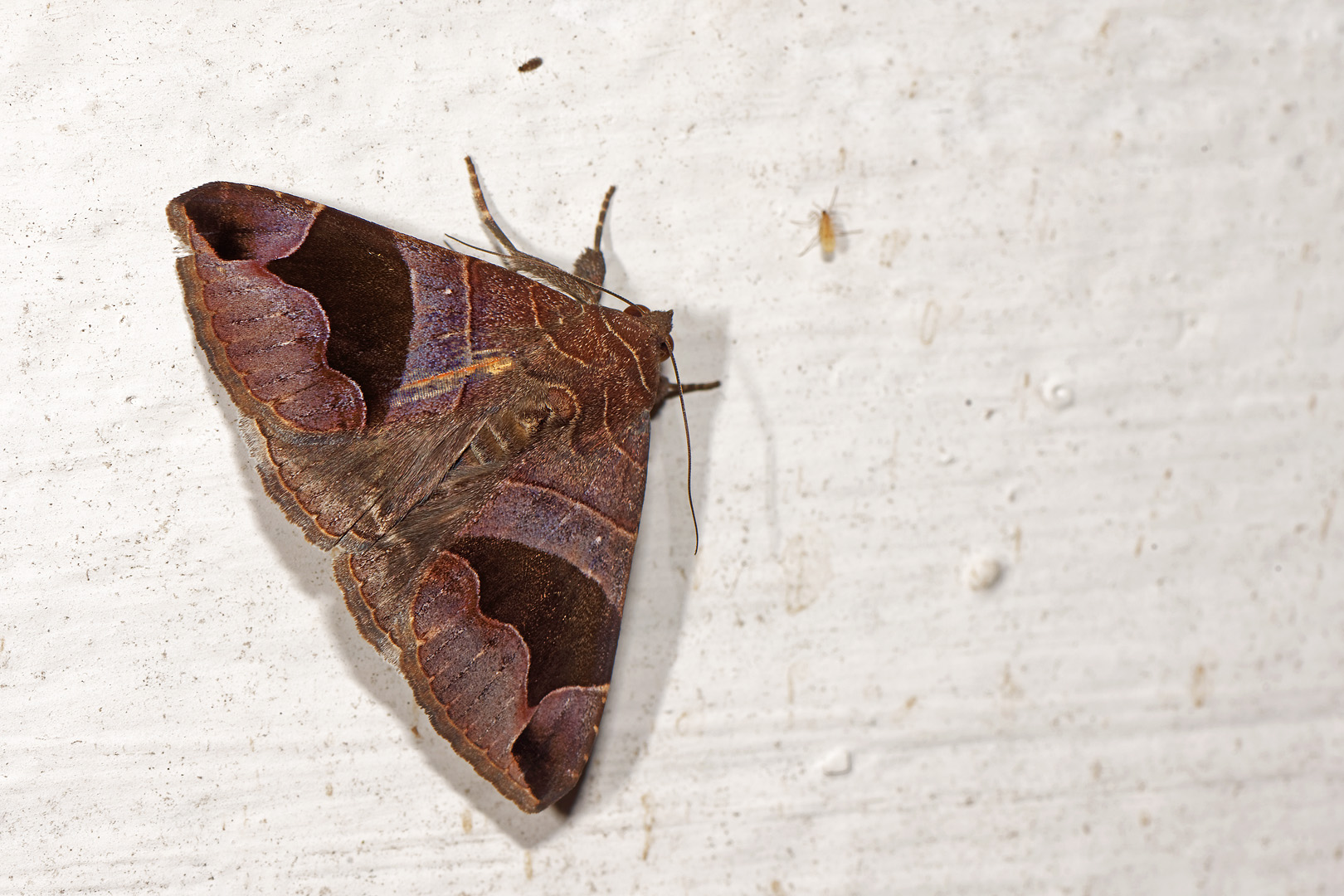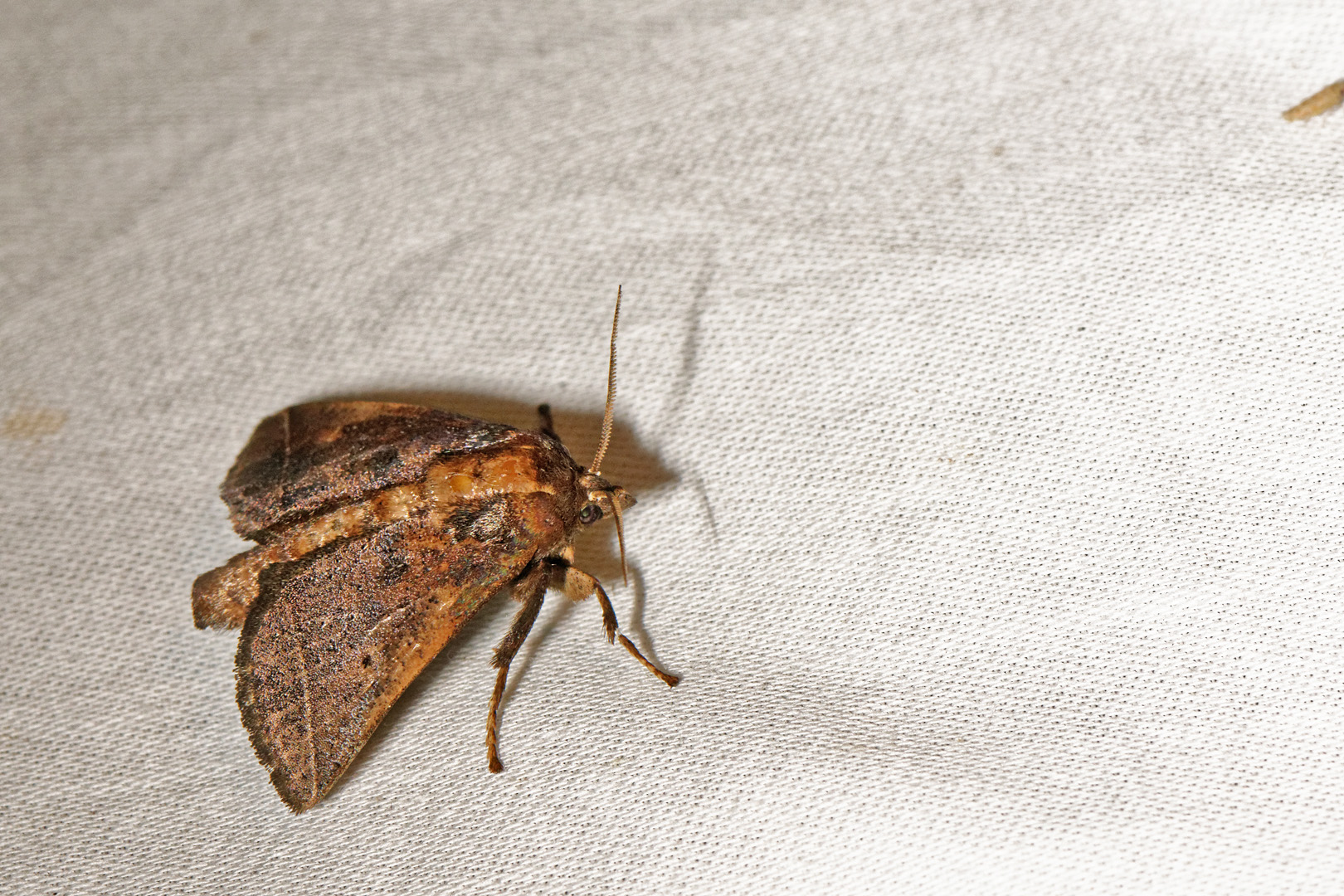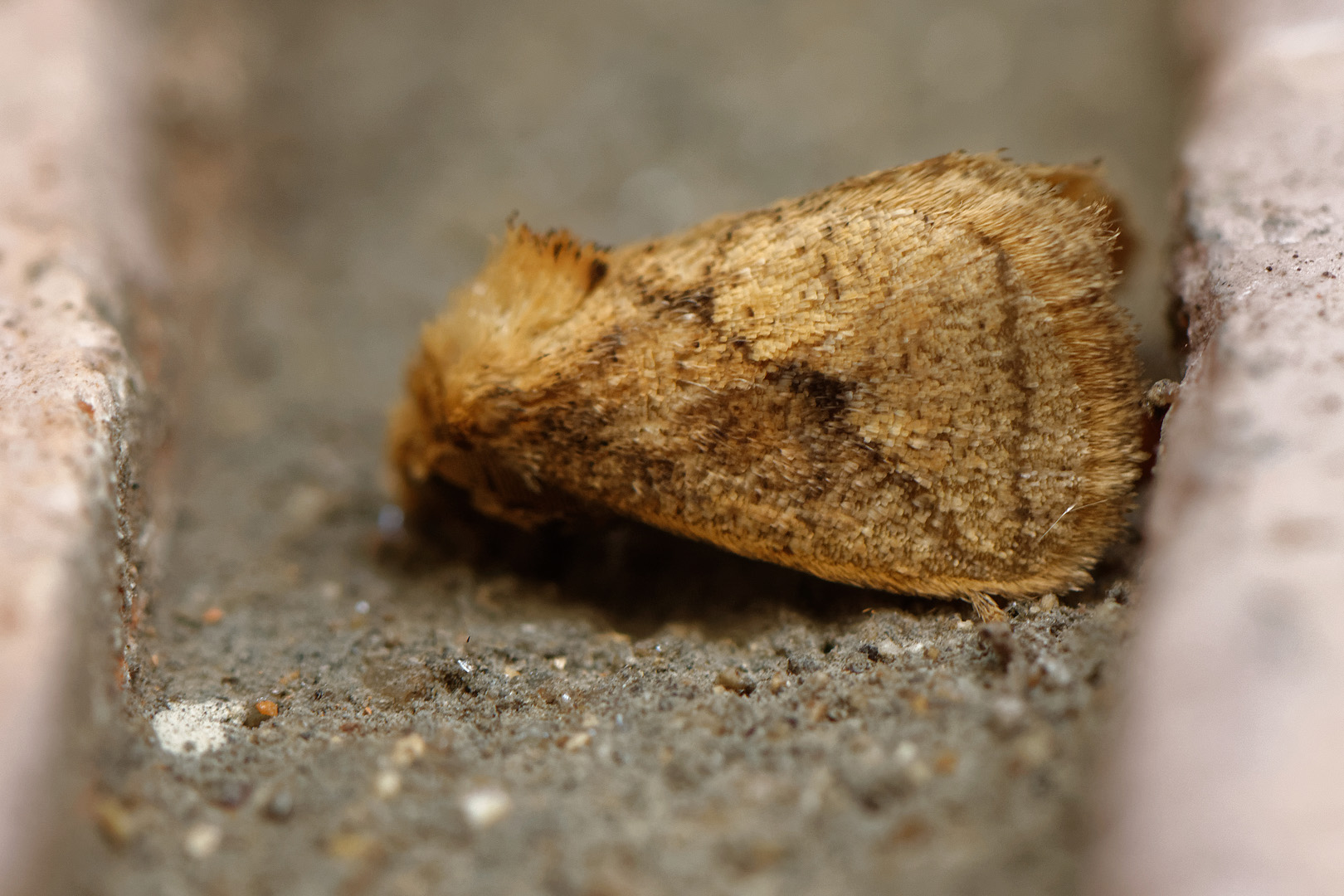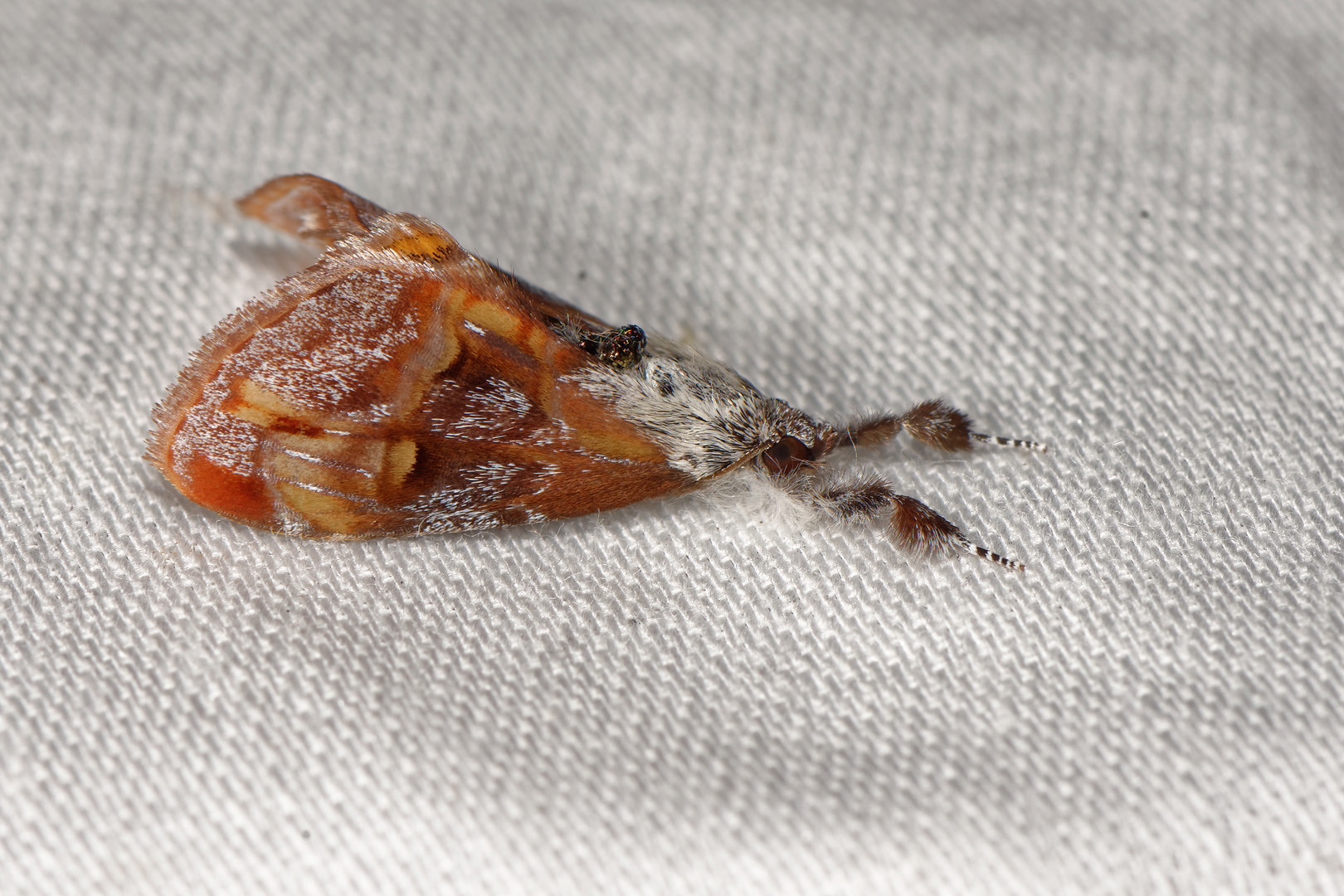20-Feb-2016, 04:09 PM
#31
Here comes some more provisionally categorized as noctuids, though I am not sure all are, there may be a nolid or two and an erebid among them:Thaton2015_08_27_22_24_DxO by Jan Fischer Rasmussen , on FlickrThaton2015_08_27_19_01_01_DxO by Jan Fischer Rasmussen , on FlickrThaton2015_08_27_09_37_01_DxO by Jan Fischer Rasmussen , on FlickrChrysodeixis eriosoma - Thaton2015_08_27_05_29_02_DxO by Jan Fischer Rasmussen , on FlickrPlusiopalpa adrasta - Thaton2015_08_25_15_47_01_DxO by Jan Fischer Rasmussen , on FlickrThaton2015_08_26_20_53_DxO by Jan Fischer Rasmussen , on FlickrThaton2015_08_26_08_18_DxO by Jan Fischer Rasmussen , on FlickrThaton2015_08_24_20_27_DxO by Jan Fischer Rasmussen , on Flickr
20-Feb-2016, 04:16 PM
#32
Two that I think, I got right already.Helicoverpa armigera - Thaton2015_08_26_06_12_DxO by Jan Fischer Rasmussen , on FlickrBastilla joviana - Thaton2015_08_27_19_59_DxO by Jan Fischer Rasmussen , on Flickr
21-Feb-2016, 10:56 AM
#33
Post 31.Chrysodeixis eriosoma should be right. C. acuta has a dark band bissecting the FW apex.http://www.jpmoth.org/~dmoth/80_Noct...0980325225.jpg Plusipalpa adrasta . is right . Typicla large hairy palps.Anomis flava is right ;widespread.https://commons.wikimedia.org/wiki/F...ale_dorsal.jpg Condica spp. likely C. illecta. http://lepidoptera.butterflyhouse.co...ph/illect.html http://static.inaturalist.org/photos...jpg?1444481335 C. conducta .http://www.geocities.ws/hkmoths/noc/noc/Con-cond.jpg
Last edited by Psyche; 21-Feb-2016 at 05:33 PM .
21-Feb-2016, 05:05 PM
#34
Post 31. Niganda donella . Notodontidae , a common species in Thailand.http://www.thaibugs.com/wp-content/g...otodontida.jpg N. radialis & richaaardii have the costal base whitish.
Last edited by Psyche; 24-Feb-2016 at 05:52 PM .
Reason: PS
21-Feb-2016, 08:29 PM
#35
Last edited by Psyche; 24-Feb-2016 at 05:50 PM .
21-Feb-2016, 08:30 PM
#36
Last edited by Psyche; 21-Feb-2016 at 10:44 PM .
Reason: typo
22-Feb-2016, 08:25 PM
#37
[QUOTE=guldsmed;129426]Thaton2015_08_27_19_16_DxO by Jan Fischer Rasmussen , on FlickrSimplicia concisalis . Indo- australian , common.http://www.jpmoth.org/~dmoth/Digital...concisalis.htm
24-Feb-2016, 05:44 PM
#38
Originally Posted by
guldsmed
Susica pygmaea .http://www.jpmoth.org/~dmoth/Digital...%20pygmaea.htm http://www.boldsystems.org/index.php...e?taxid=260923 Susica sinensis .https://c2.staticflickr.com/6/5691/2...d9d847bf_b.jpg
26-Feb-2016, 10:18 PM
#39
Originally Posted by
guldsmed
Possibly this species Arctornis cygna. Range Sikkim to China & Taiwan.http://eoldata.taibif.tw/files/eolda...a_moor1879.jpg https://commons.wikimedia.org/wiki/F...rnis_cygna.jpg
Last edited by Psyche; 27-Feb-2016 at 11:29 AM .
27-Feb-2016, 07:30 PM
#40
Originally Posted by
guldsmed
This is an intriguing one.Orgyia has this colouration & pattern.http://ftp.funet.fi/index/Tree_of_li.../lymantriidae/ Orgyia osseata .http://www.mothsofborneo.com/part-5/...gyiini_1_2.php
You may not post new threads
You may not post replies
You may not post attachments
You may not edit your posts
Forum Rules
Thaton2015_08_27_22_24_DxO by Jan Fischer Rasmussen, on Flickr
Thaton2015_08_27_19_01_01_DxO by Jan Fischer Rasmussen, on Flickr
Thaton2015_08_27_09_37_01_DxO by Jan Fischer Rasmussen, on Flickr
Chrysodeixis eriosoma - Thaton2015_08_27_05_29_02_DxO by Jan Fischer Rasmussen, on Flickr
Plusiopalpa adrasta - Thaton2015_08_25_15_47_01_DxO by Jan Fischer Rasmussen, on Flickr
Thaton2015_08_26_20_53_DxO by Jan Fischer Rasmussen, on Flickr
Thaton2015_08_26_08_18_DxO by Jan Fischer Rasmussen, on Flickr
Thaton2015_08_24_20_27_DxO by Jan Fischer Rasmussen, on Flickr




 Reply With Quote
Reply With Quote